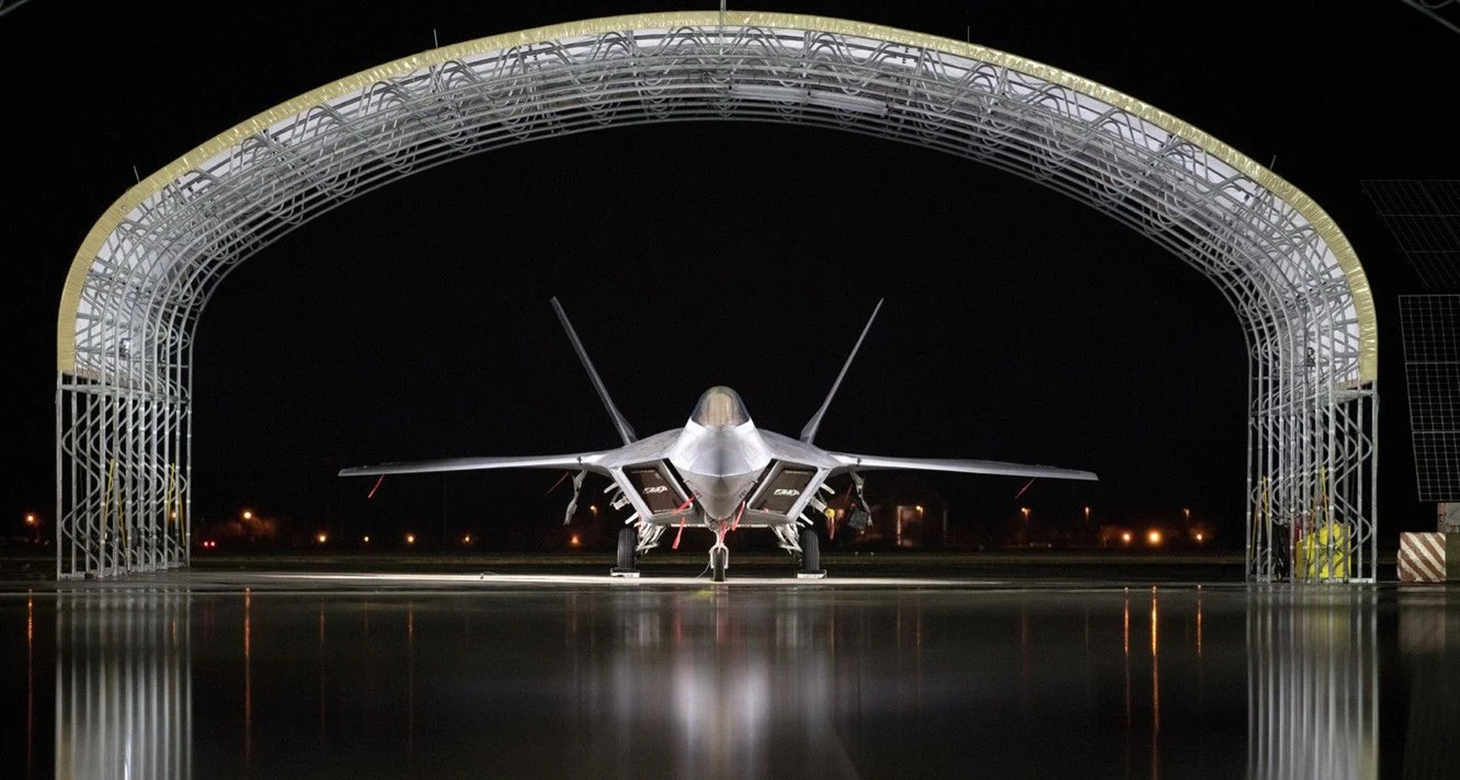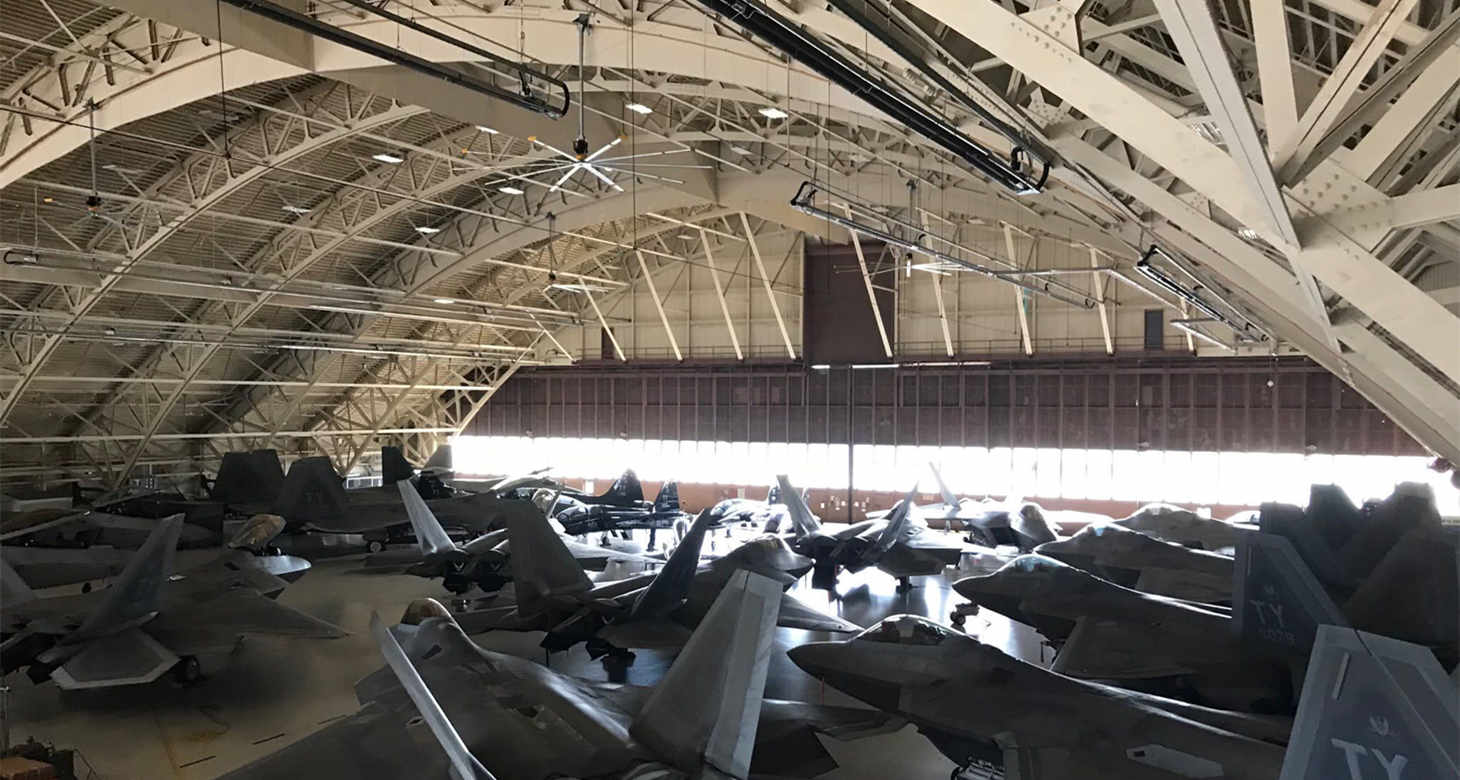Grid structures are widely used in architecture and engineering due to their ability to cover large spans, distribute loads evenly, and create visually appealing designs. Found in stadiums, airports, exhibition centers, and industrial buildings, these interconnected systems rely on their geometric arrangement to ensure strength and stability. Proper maintenance is essential to preserving their structural integrity over time. This guide outlines the steps and considerations necessary to maintain the stability of grid structures effectively.

Importance of Stability in Grid Structures
Grid structures achieve their stability through the interconnection of nodes and members that form rigid frameworks. If any component fails, it can compromise the entire structure, leading to significant safety hazards. Proper maintenance of steel structure ensures:
Longevity: Preventing material deterioration increases the lifespan of the structure.
Safety: Regular inspections and timely repairs reduce the risk of accidents.
Cost Efficiency: Preventive measures are more affordable than major repairs or replacements caused by neglect.
Factors Affecting the Stability of Grid Structures
Material Deterioration
Corrosion: Steel components are susceptible to rust, especially in humid or coastal environments.
Fatigue: Repeated stress over time can weaken materials.
Environmental Influences
Wind loads, temperature fluctuations, and seismic activity can strain or deform grid structures.
Improper Installation or Modifications
Errors during construction or unauthorized modifications can affect load distribution.
Inadequate Maintenance
Neglecting regular inspections or failing to address small issues can escalate problems.
Steps to Maintain the Stability of Grid Structures
Conduct Regular Inspections
Routine checks are crucial for identifying potential issues before they worsen.
Visual Inspections: Look for cracks, rust, deformations, or loose connections.
Load Tests: Periodically evaluate the structure’s ability to bear loads as designed.
Non-Destructive Testing (NDT): Techniques like ultrasonic or radiographic testing can assess internal conditions without damaging the structure.
Protect Against Corrosion
Preventing and addressing rust is essential for steel-based (https://aicranemachine.com/steel-structure/factory/) grid structures.
Surface Coatings: Apply protective layers such as paint, galvanization, or anti-corrosion sprays.
Cathodic Protection: Use sacrificial anodes to mitigate rust in corrosive environments.
Environmental Control: For indoor structures, maintain stable humidity levels to minimize moisture exposure.
Reinforce Connections and Joints
The nodes and joints are critical points in a grid structure where multiple members converge.
Inspect Bolts and Welds: Check for wear, cracks, or loosening. Replace damaged components promptly.
Strengthen Weak Points: Reinforce joints with additional bracing or plates if load conditions have changed.
Monitor Environmental Impact
Grid structures are exposed to varying external forces that can affect stability over time.
Wind Monitoring: Ensure aerodynamic designs are functioning as intended.
Seismic Retrofitting: In earthquake-prone areas, add reinforcements to withstand seismic forces.
Thermal Expansion Allowances: Use expansion joints to accommodate temperature-induced movements without causing stress.
Clean Regularly
Dirt, debris, and plant growth can accelerate deterioration.
Remove Debris: Prevent blockages in drainage systems or accumulation on horizontal surfaces.
Clean Surfaces: Use appropriate cleaning agents to eliminate corrosive residues like bird droppings or chemical deposits.
Address Material Fatigue
Grid structures subjected to heavy or repetitive loads may experience material fatigue.
Redistribute Loads: Modify usage patterns or add supports to reduce stress on specific components.
Replace Damaged Members: Swap out fatigued elements to restore strength.
Professional Assessments and Upgrades
Consult structural engineers for periodic evaluations and necessary upgrades.
Structural Audits: Comprehensive reviews to assess overall stability.
Retrofits and Reinforcements: Upgrade materials or design aspects to meet modern standards or increased load requirements.

Case Studies in Grid Structure Maintenance
Example 1: Large-Span Roof Grid in a Stadium
Issue: Corrosion and sagging due to heavy snow loads.
Solution: Applied anti-corrosion coatings, reinforced critical joints, and installed a snow-melting system to prevent excessive accumulation.
Example 2: Airport Grid Canopy
Issue: Fatigue cracks in members due to wind-induced vibrations.
Solution: Added vibration dampers and redistributed loads with additional support columns.
Example 3: Industrial Warehouse Grid
Issue: Rusting and debris accumulation from chemical exposure.
Solution: Introduced regular cleaning, installed ventilation to reduce chemical deposits, and replaced affected components with corrosion-resistant materials.
Best Practices for Maintaining Grid Structures
Develop a Maintenance Schedule
Plan routine inspections and cleanings based on environmental conditions and usage patterns.
Document All Actions
Keep detailed records of inspections, repairs, and upgrades for reference and accountability.
Train Maintenance Teams
Provide personnel with knowledge of grid structures and proper maintenance techniques.
Use High-Quality Materials
Opt for durable, corrosion-resistant materials during construction and repairs.
Incorporate Smart Monitoring Systems
Employ sensors to monitor stress, temperature, and displacement in real-time, enabling proactive responses.
Maintaining the stability of grid structures requires a combination of regular inspections, timely interventions, and strategic upgrades. By addressing issues such as material deterioration, environmental effects, and load redistribution, you can preserve the structural integrity and functionality of these systems. With proper care, grid structures can continue to deliver safety, durability, and efficiency for decades, ensuring they meet the demands of their diverse applications.